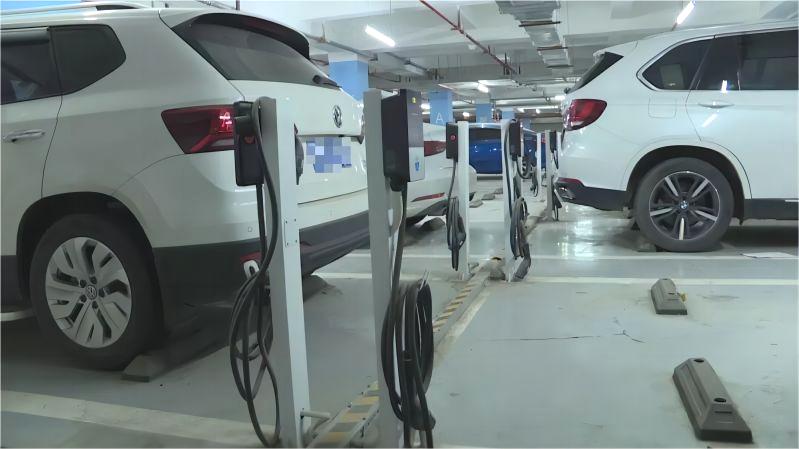
How to Choose a Household New Energy Electric Vehicle Charger in China?
With the increasing popularity of new energy vehicles, more and more households are choosing electric vehicles, and the improvement of charging settings for new energy vehicles is the most concerning issue for all consumers. Especially for third, fourth, and fifth-tier cities and rural areas where the charging infrastructure is not yet complete, household charging guns and charging piles are particularly important.

Electric vehicle household charging stations are generally divided into two types: portable charging guns, as the name suggests, which can be easily carried and charged at any time. One type is wall-mounted or pillar-mounted charging stations, which generally require a fixed installation position and use, suitable for fixed positions in garages or self-built houses. Household chargers are generally divided into 220V two-compartment and 380V three-compartment, with most household chargers choosing 220V two-compartment. Today, we will briefly analyze how to choose a household charger and how to connect 220V hatchback batteries.
The general power of household new energy vehicle chargers is between 1.25w-7kw, and the current is between 8-32A; The charging guns sold with the car are generally portable 8A-13A, which is relatively convenient to use. Especially, the 8A charging gun can be used directly using the household triangle socket. The conventional triangle socket in the household is usually 10A, and the biggest advantage of this is convenience in use. The biggest disadvantage is that the charging is too slow. Taking 400 kilometers as an example, it takes about 40 hours to fully charge the 8A; This is suitable for extremely small applications such as the Mercedes Benz Mini, which has a smaller battery capacity.
Some other vehicles are equipped with portable 10A-13A charging guns, which can be used directly at home in most cases. Even the 13A can be used directly through an adapter. The charging speed is also relatively slow. The 10A battery charges approximately 2 degrees per hour, while the 13A battery charges approximately 2.5 degrees per hour. So most new energy car owners need to equip themselves with a home charging gun after purchasing a car. In addition to some brands that offer home charging stations, such as Tesla, and the free installation of a home charging gun also adds an additional fee of thousands of yuan, many car owners still choose to equip their own home charging stations.
So the three types of charging guns with the most options for household use are 16A, 24A, and 32A. The power of the 16A charging gun is 3.5KW. Generally, household water heaters, air conditioners, and other triangular sockets can meet the charging requirements, requiring 2.5 square meters of three-core copper wire to use. Household use is also relatively convenient, without the need for separate wiring. If the wire length is not enough, it can also be used with high-power row plugs. The 16A battery can charge around 25 kilometers per hour, around 3.5-kilowatt hours, and the 400km battery can generally be fully charged in about 10 hours, so it basically meets the needs of most household charging, and can be fully charged in one night.
The 24A battery charges approximately 5 kWh per hour at 5.2kw, requiring 4 square meters of three-core copper wire. Some households can also use wiring directly, especially in newly built housing. Most mainlines meet the requirement of 4 square meters, and the charging speed of 24A is faster than that of 16A. However, the mainstream new energy charging guns in the market consider both 24A and 32A as one product series, using dedicated coupler sockets that require separate wiring for safety. Both 24A and 32A can be used directly at home by connecting wires at the inlet of the household electricity meter and installing dedicated coupler sockets. The 32A is generally the largest household 220V charging kilometer, with a capacity of 7kw and a 6-square meter three-core copper wire. One hour can charge about 60 kilometers, 7-kilowatt hours of electricity, and the charging speed is fully sufficient for household use. However, the wiring installation of 24A and 32A is relatively more complex, requiring separate wiring installation and use according to requirements. At the same time, due to the high power, safe air switches need to be equipped for use.
So based on the power, charging time, and installation requirements of the above-mentioned household new energy electric vehicle charging gun, it basically meets the different wiring requirements of most households to complete the selection and installation. If households can use household electric vehicle charging guns, it will greatly increase consumers' consumption and purchase of electric vehicles, while greatly reducing the pressure on social new energy charging infrastructure and reducing the operational pressure of fast charging stations, Greatly promoting the development of the new energy industry.